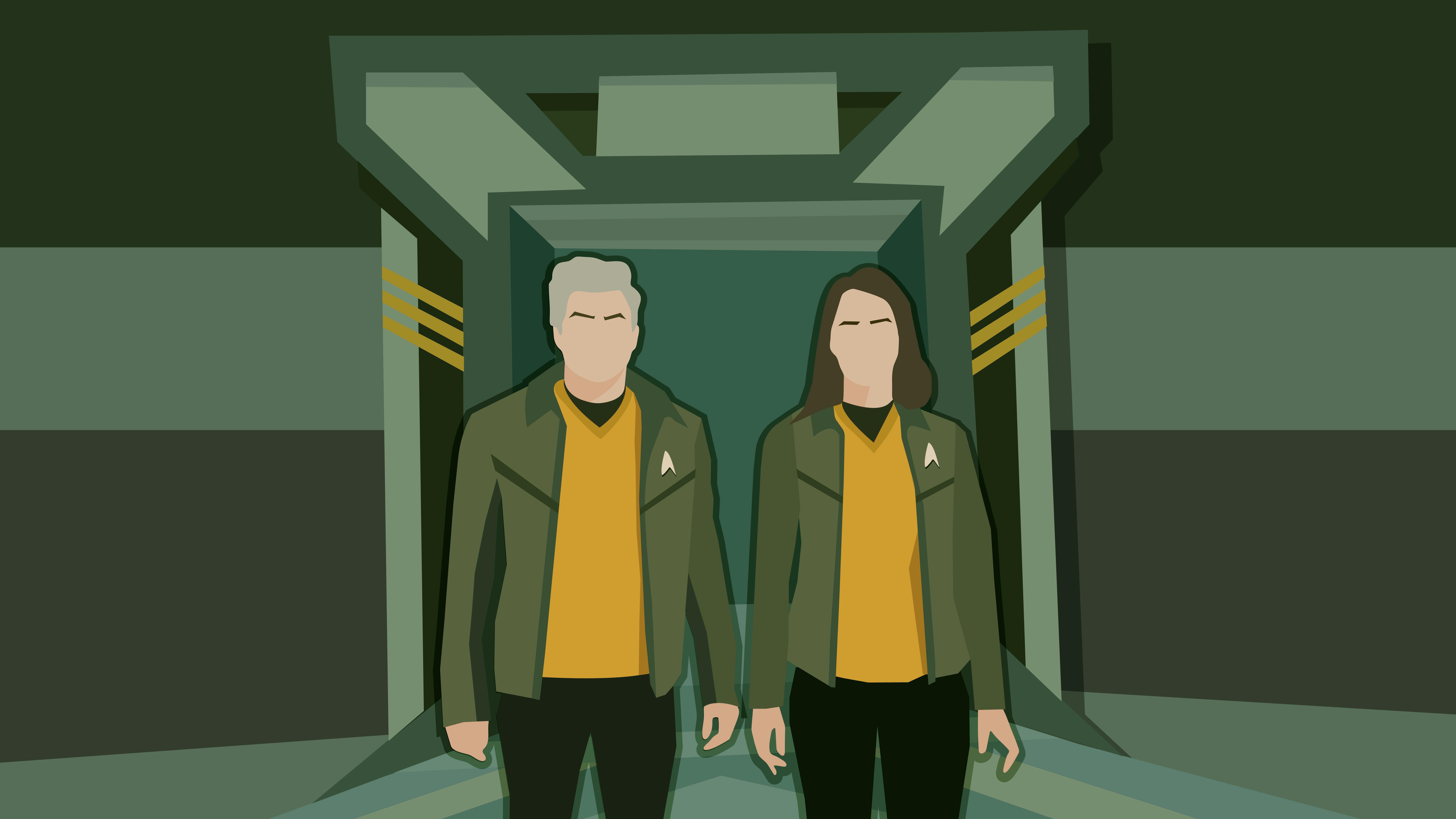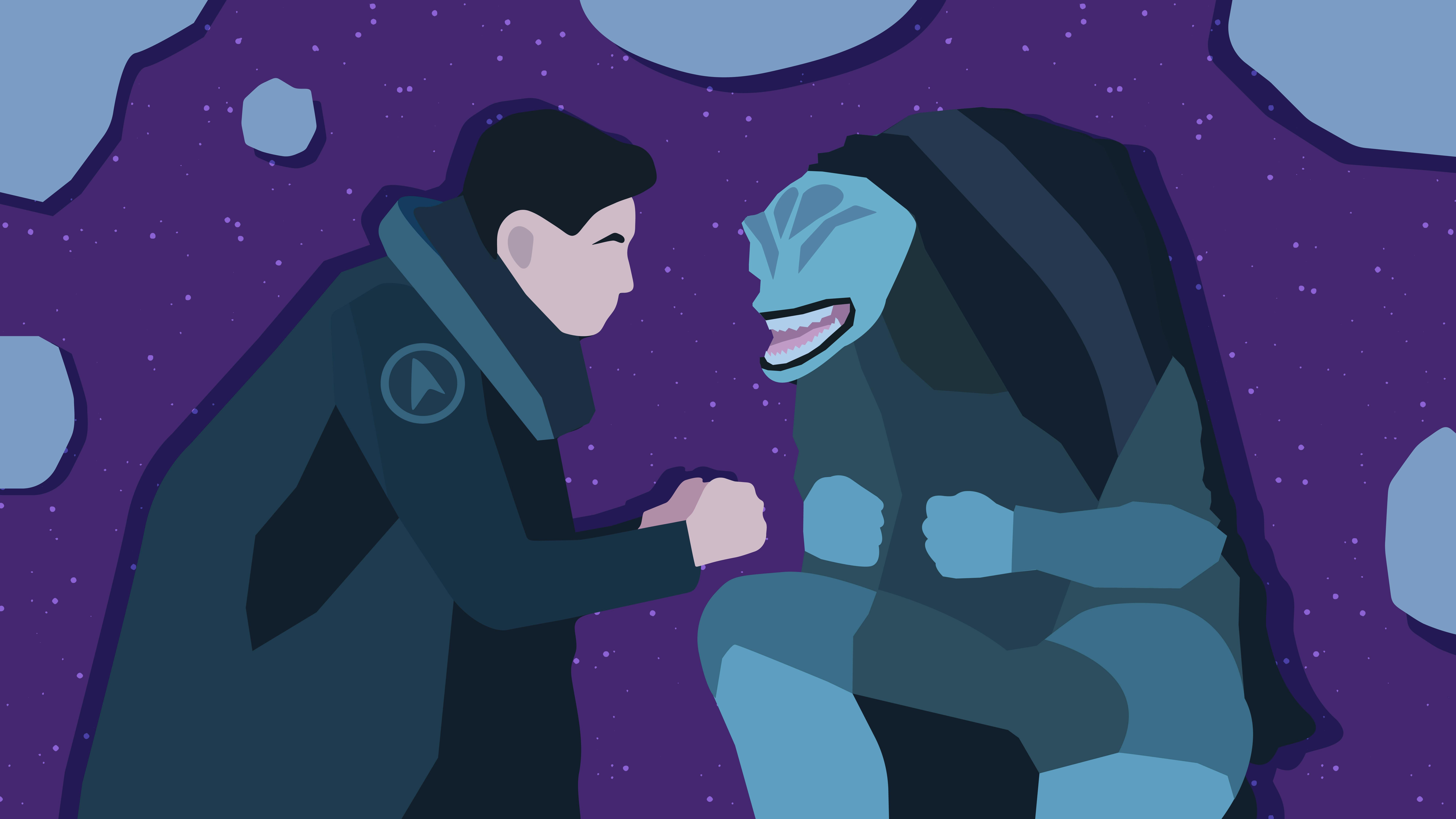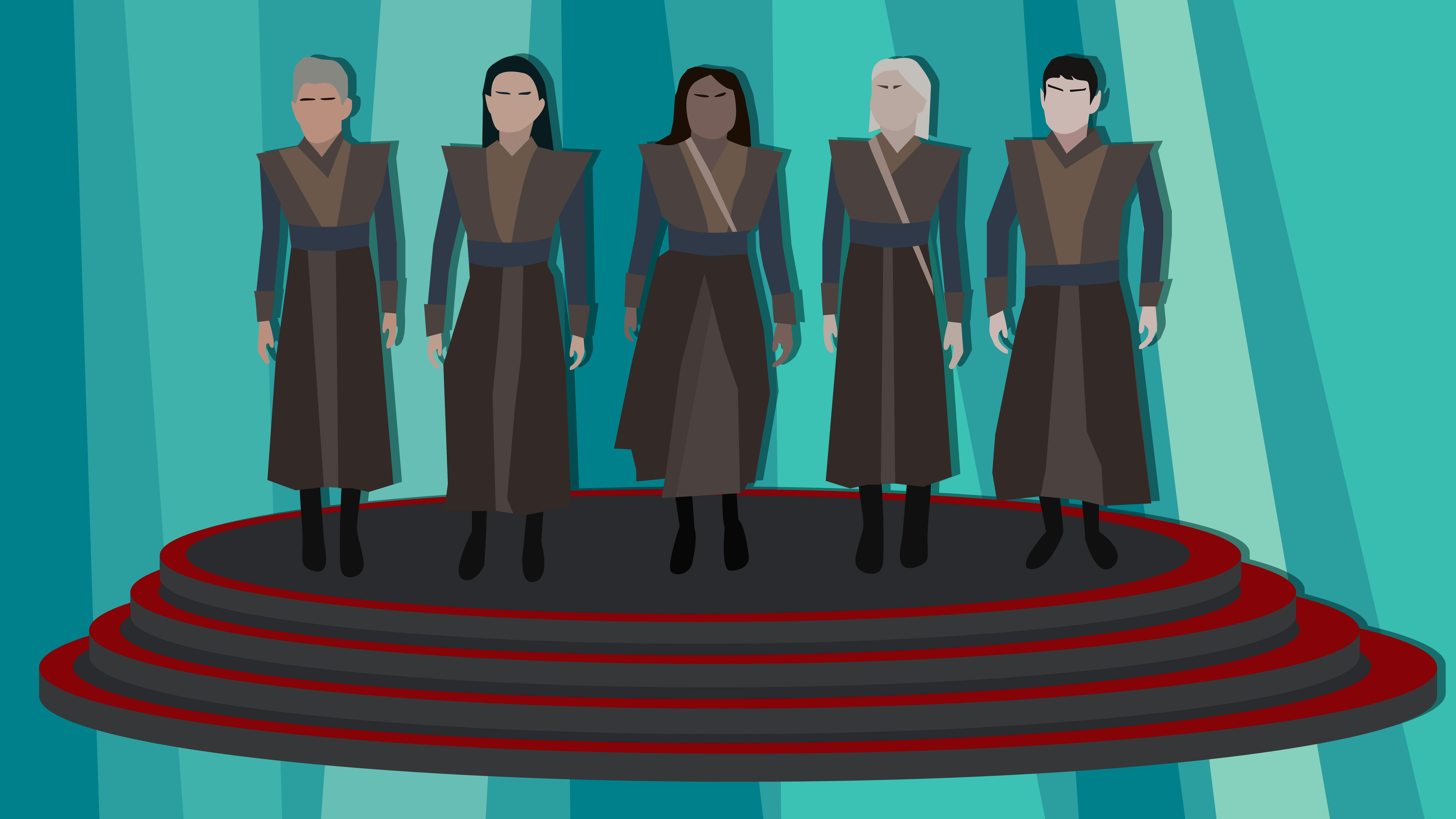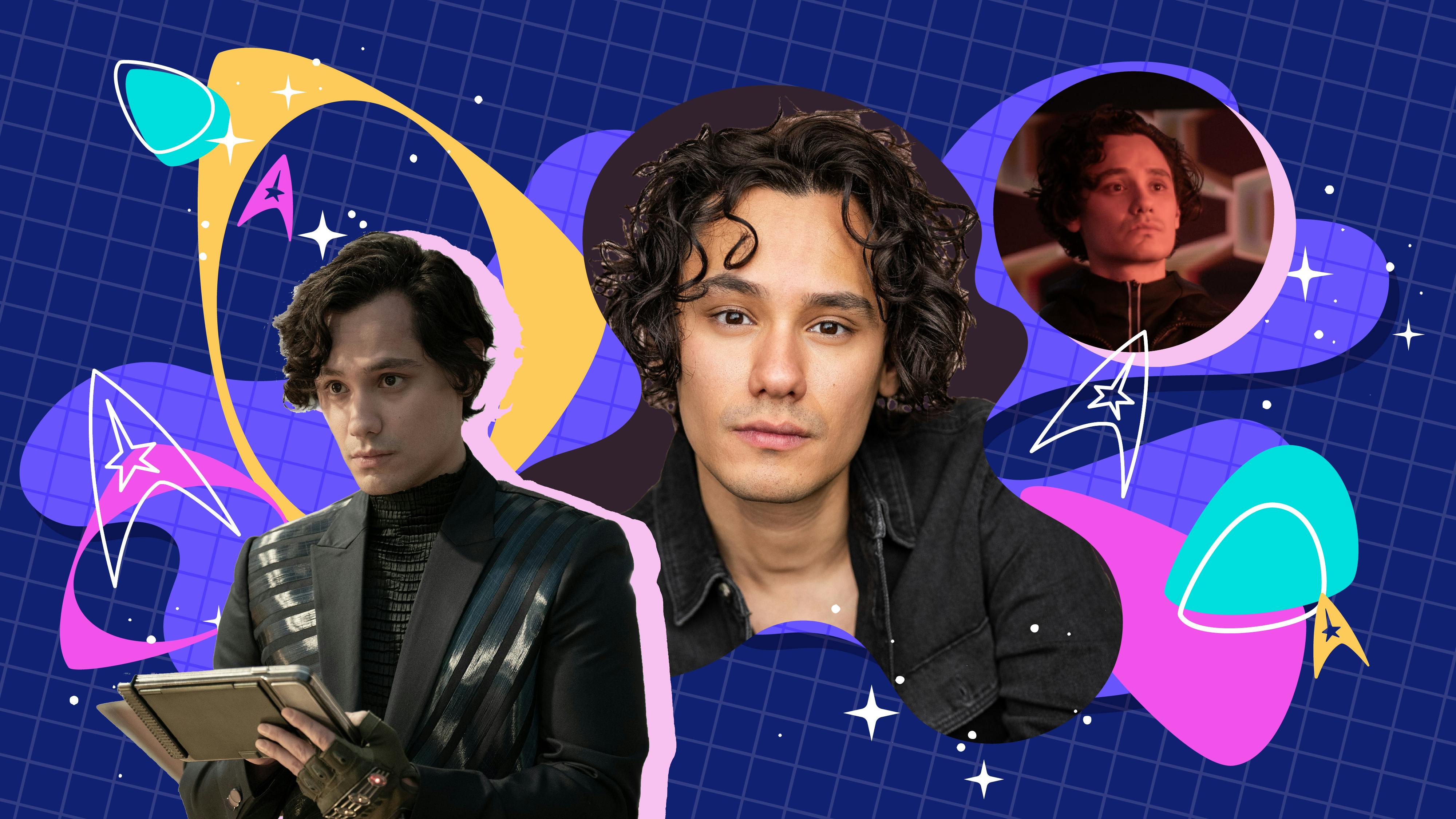Published Dec 20, 2023
Unearthing Secrets from the Making of Star Trek: The Animated Series
Aaron Harvey shares little known facts from the franchise's first animated series.
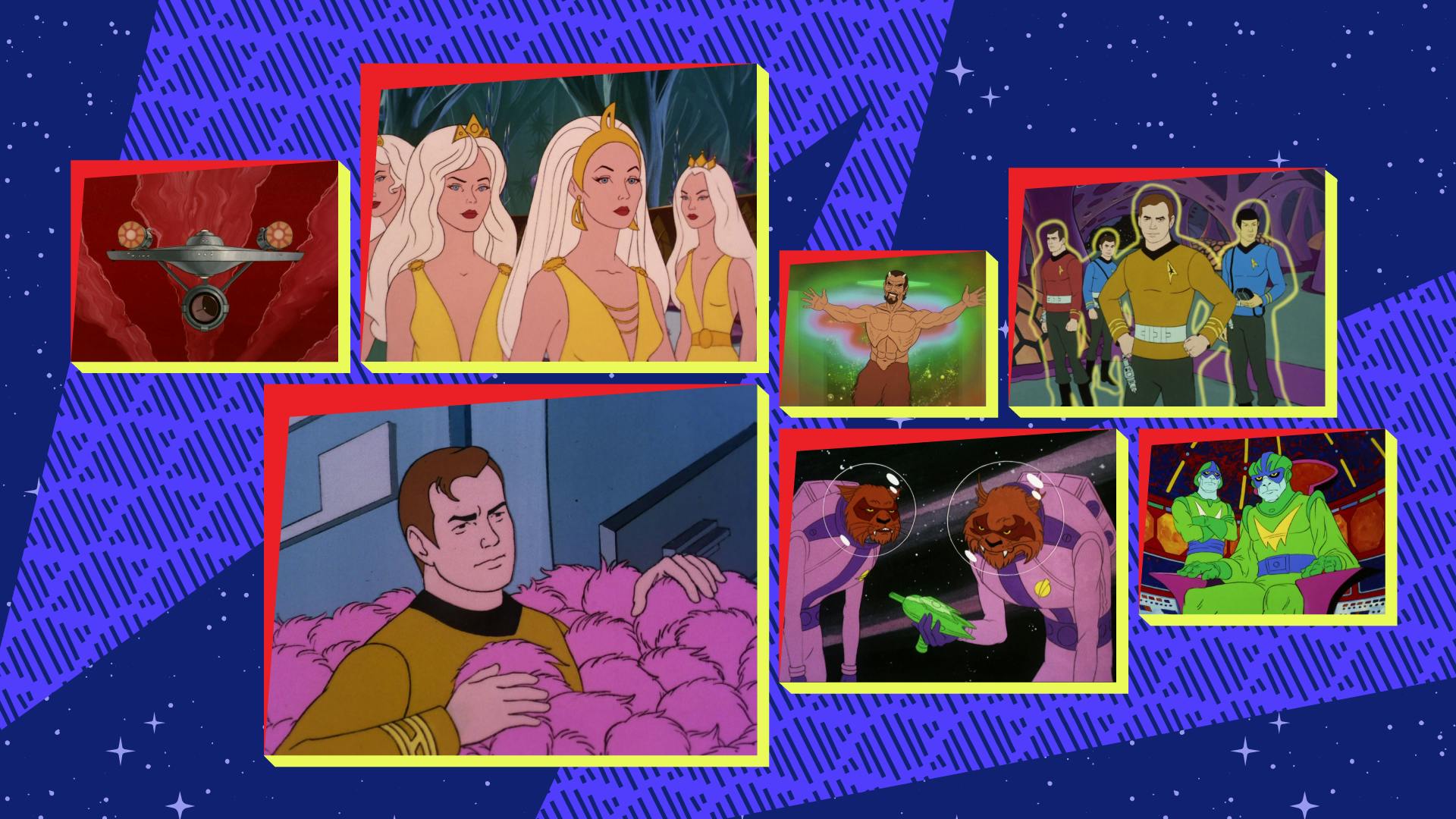
StarTrek.com
celebrated its golden anniversary this past summer.
To commemorate its 50 years milestone, StarTrek.com sat down with Aaron Harvey, the co-author of Star Trek: The Official Guide to The Animated Series, to share some little known facts about the making of The Animated Series, which detailed further explorations from the starship Enterprise, as well how the series kept Star Trek in the public consciousness following The Original Series' cancellation.
Keeping the Franchise Alive
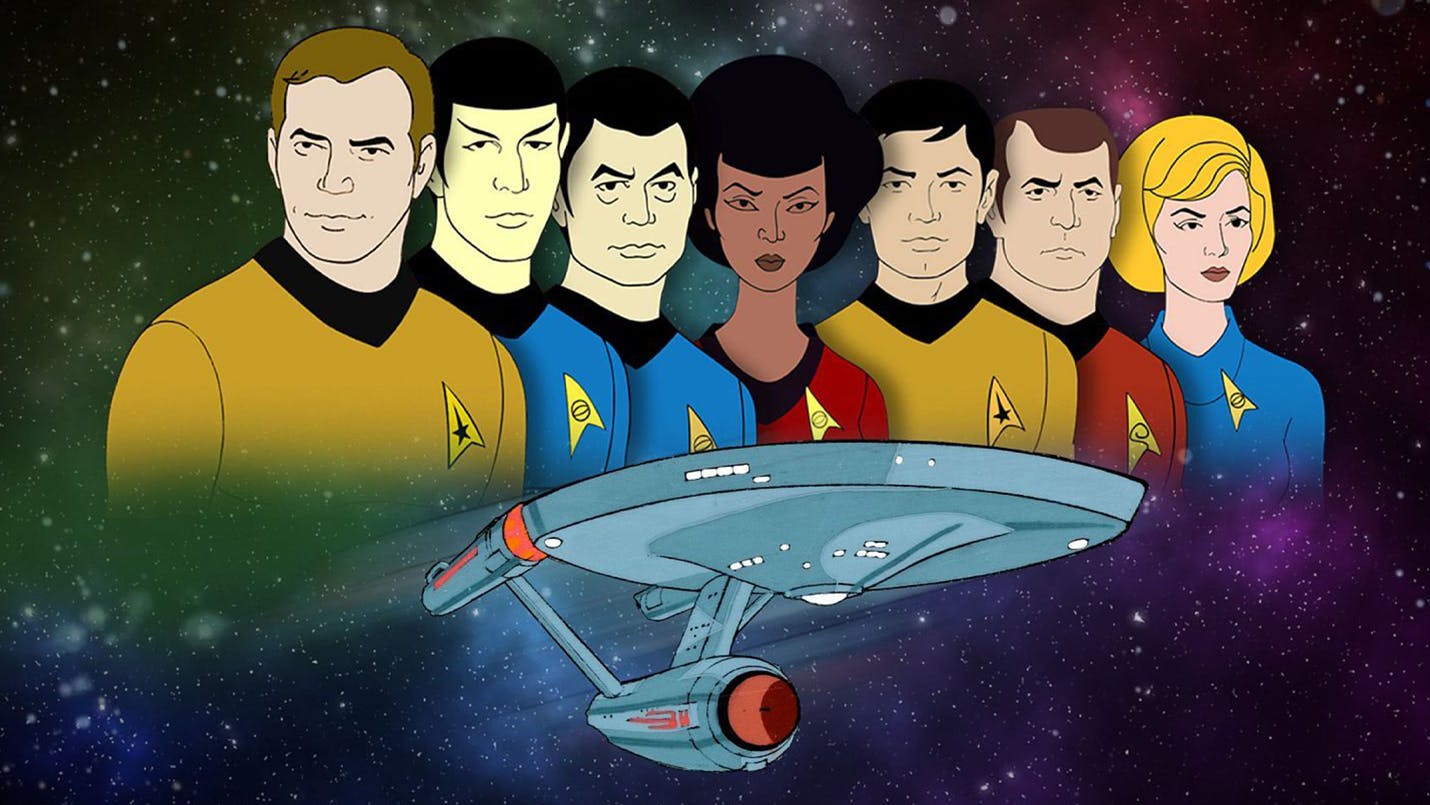
startrek.com
Harvey credits Fred Bronson, the studio publicist who would eventually write an episode for the second season, as well as Star Trek: The Next Generation, for keeping Star Trek alive in the public consciousness by securing steady press.
As Harvey explains, with the release of the cartoon coming out Saturday morning, Bronson treated the series as a "regular evening nighttime show" in his press releases. "If you saw something in the newspaper, you'd read it," notes Harvey. "It might be like, 'Oh, this is a cool episode coming up,' but it's for a cartoon on Saturday mornings. That was really interesting."
With the lack of promotional items and toys on shelves, Harvey also points to fan conventions, which were starting to crop up around that time.
"Dorothy [Fontana] went around and showed the storyboards before the show aired," says Harvey. "She did that just to generate hype. It really, in the fans' minds, kept it fresh. That along with the reruns that were happening."
Reruns for both the original and animated series ran into the '70s and the '80s. Harvey calls out syndication on Nickelodeon for helping kids of the new era discover it.
It reran into the seventies through, and then later in the eighties, it was on Nickelodeon, so kids of that era discovered it.
The Animated Legacy
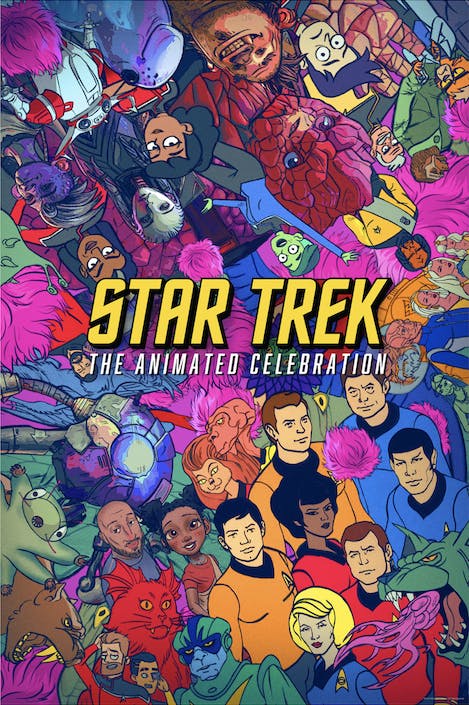
StarTrek.com
recognizes not only The Animated Series but also 50 years of Star Trek animation.
Reflecting on Star Trek: The Animated Series, followed by two additional animated shows — and — and animated shorts — , Harvey revels, "I don't think I could have every thought about that in my wildest dreams that would happen, but the fact that so many little things from TAS have made their way into live-action, and now with the animated shows. ."
Harvey believes there are lots of people who have a "really fond memory" of the animated series, "I think the people who are now working on Star Trek were kids back then, and they have [The Animated Series] in the back of their minds."
The Work of D.C. Fontana
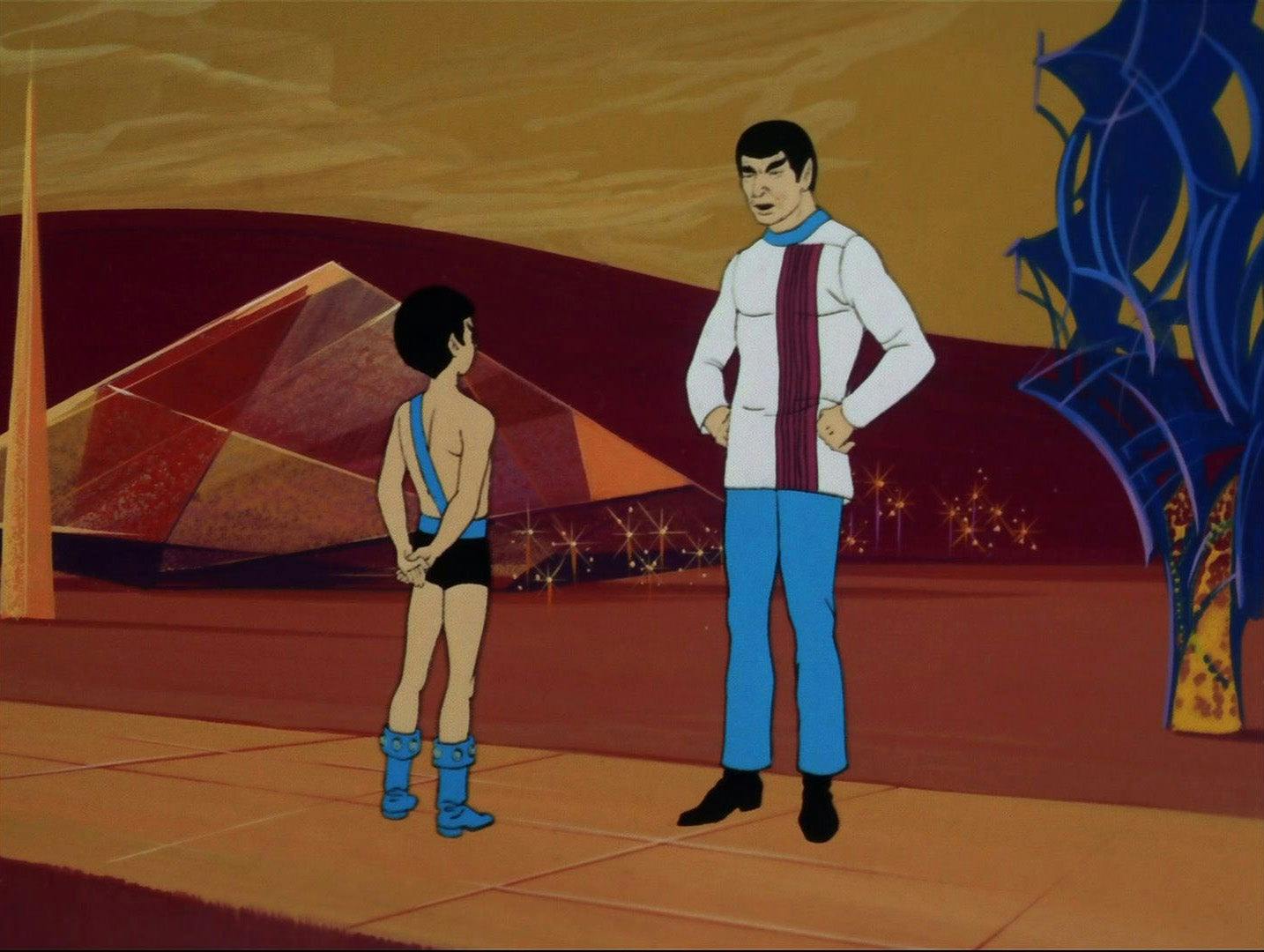
"Yesteryear"
StarTrek.com
"What's interesting is if [The Animated Series] was being made today, [] would be the showrunner, essentially," states Harvey. "Filmation was a very regimented company where if you wanted to talk to the art director, and you were a colorist, you would send a memo to your boss that would ask the question, and then either you get a memo back, or you'd be like, 'Oh, yes, you can have a meeting now.' The fact that people would come to Dorothy and show her stuff was a little bit beyond the normal process, but she was also very matter of fact."
"If something was drawn wrong, she would tell you," continues Harvey. "It was, 'Nope, this is not how that looks.' They had to crank these shows out pretty quickly. Sometimes, they had to reach a point where they would come in, 'Dorothy, if the show is going to make it on the air when we want it to be, you're going to have to say it's done.' It's a difficult process, of like, 'Okay, it's finished.' I just really admired her ability to do all of this."
"In a time when women were not showrunners, she was," Harvey concludes. "D.C. Fontana, some people didn't know she was Dorothy Fontana. I just have a lot of respect, and I kind of wish that I could have been there to see that happening."
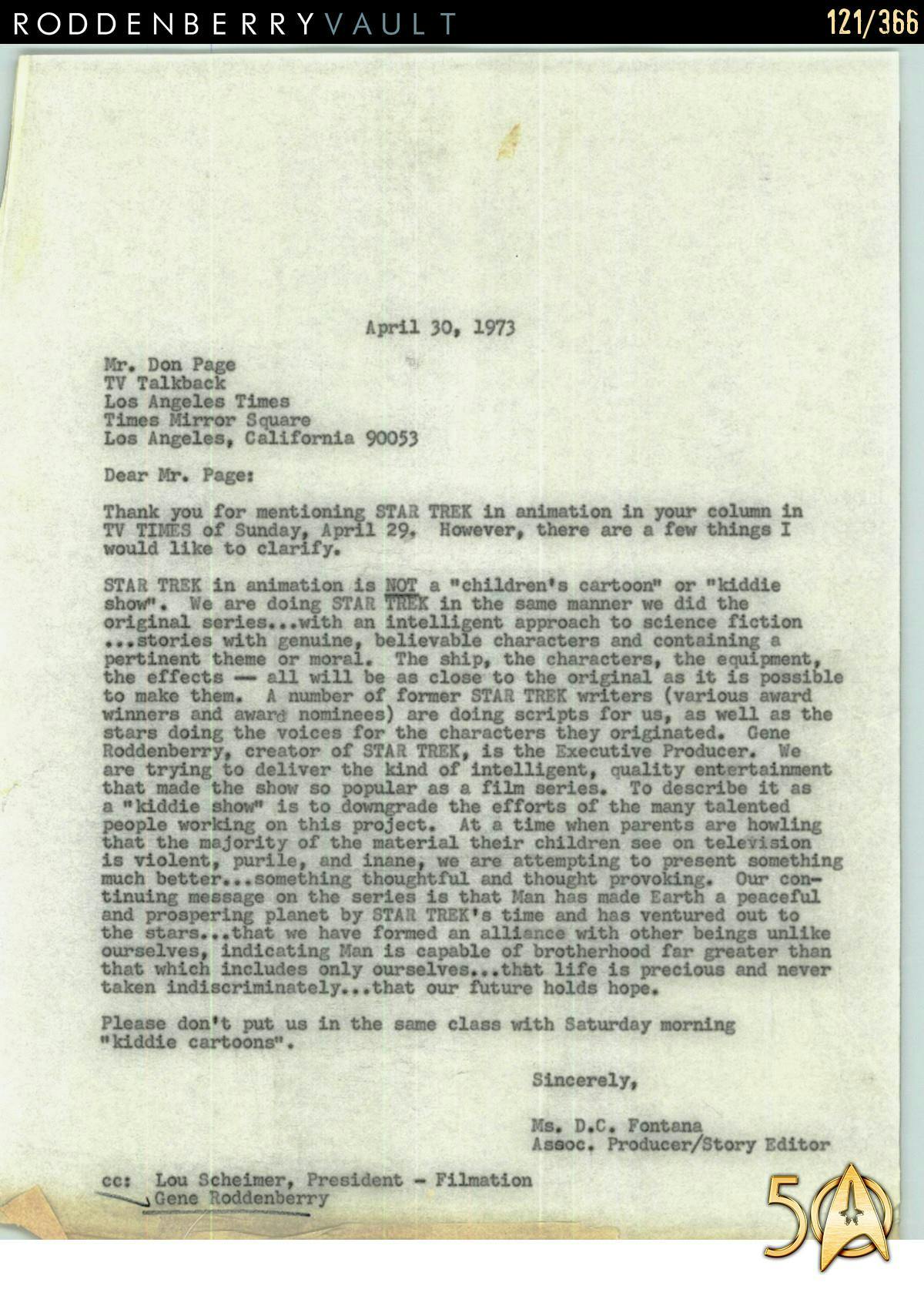
D.C. Fontana's correspondence letter to the LA Times
StarTrek.com
Harvey gives us insight to Fontana's infamous correspondence letter to the Los Angeles Times.
"Before the show aired, newspapers were talking about the show," says Harvey. "All of them were, 'It's a Saturday morning show.' It's all, 'Kiddie this, kiddie that.'"
"The one thing that Dorothy always said was, 'This is not a kiddie show,' Harvey adds. "'It's Star Trek just like any normal Star Trek.' It's just a little bit shorter and in a different form. She had a very pointed letter to the L.A. Times that corrected that."
The Animation Style
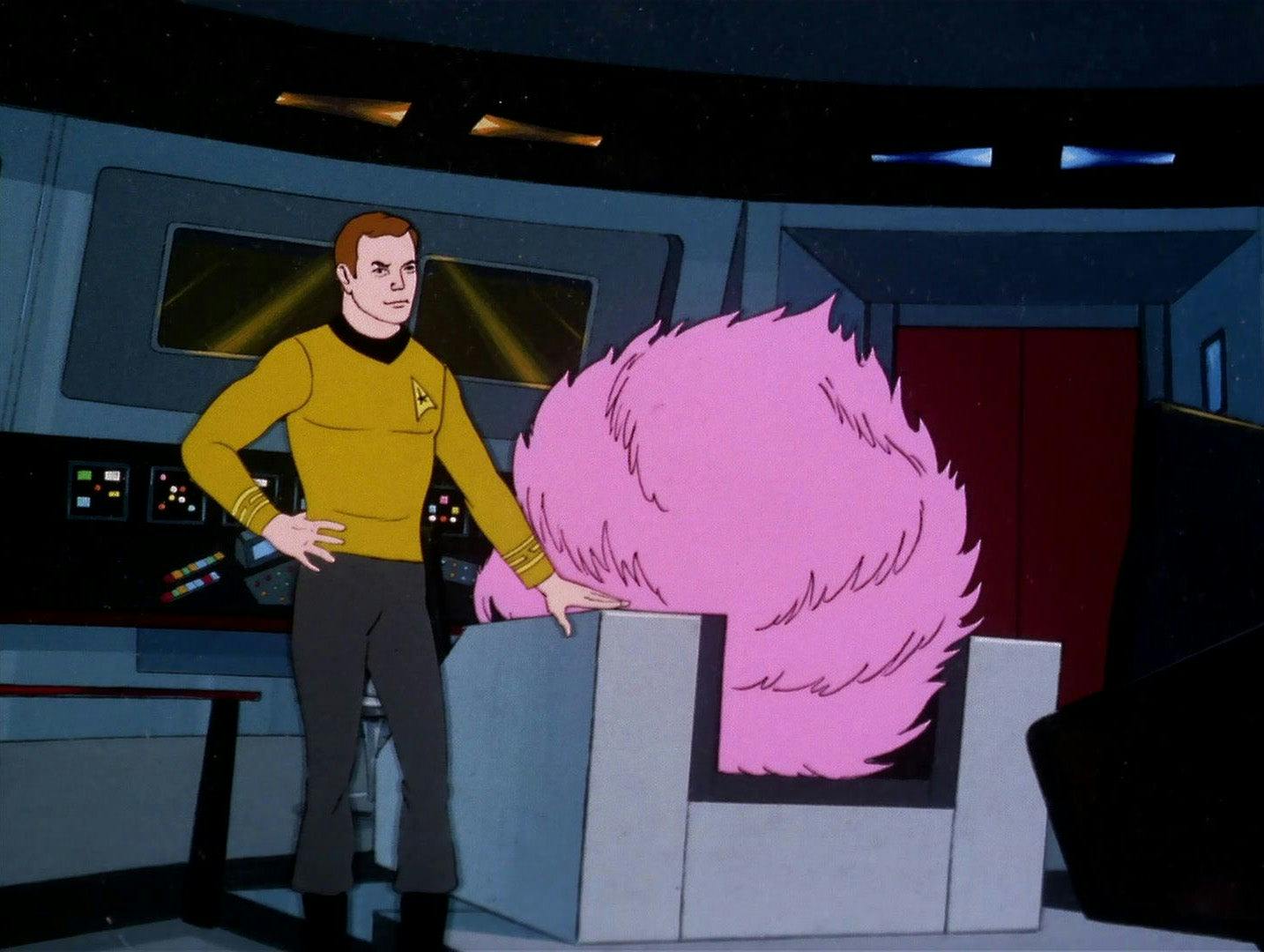
"More Tribbles, More Troubles"
StarTrek.com
"There's a huge difference as far as how the show was put together," remarks Harvey on the evolution of the animation style then and now. "One of the reasons I also like the show is it's all hand done. Everything's drawn by hand. They pioneered a process where they took drawings and photocopied them onto cells, and then colored them in, so they could have preset actions running."
"We always make this joke, 'Oh, you've seen that same scene over and over again.'" shares Harvey. "About 30% of each episode was just something you'd seen before, but it allowed them to move much faster."
"Between 6 weeks and 12 weeks was how long it took from beginning to end to have this thing out the door," Harvey details. "For Dorothy, that was incredibly slow because they could shoot a TV show in six or seven days, and the next month, it could be on the air. There was an adjustment to get to that. As Dorothy would be writing, you would have people doing storyboards to show what it would look like. Once the script was locked down, you'd have voiceovers starting recording, and at the same time, they would go to the make model sheets and layouts. Basically, this was showing the other artist, this is what the person looks like on this end, this is what they look like if they're turned over here. It allows the consistency between all of the drawings. Once that happened, you could move into actually starting to do animation, essentially."
"You would have somebody pencil draw the characters, and one frame at a time, one 24th of a second is one frame," he says. "I can't imagine doing that. With a computer, it already feels slow. I cannot imagine doing this by hand. They would do that, then they would photocopy it, and then it would be sent to the colorist, which was their own separate little group. They were just supposedly a really fun group."
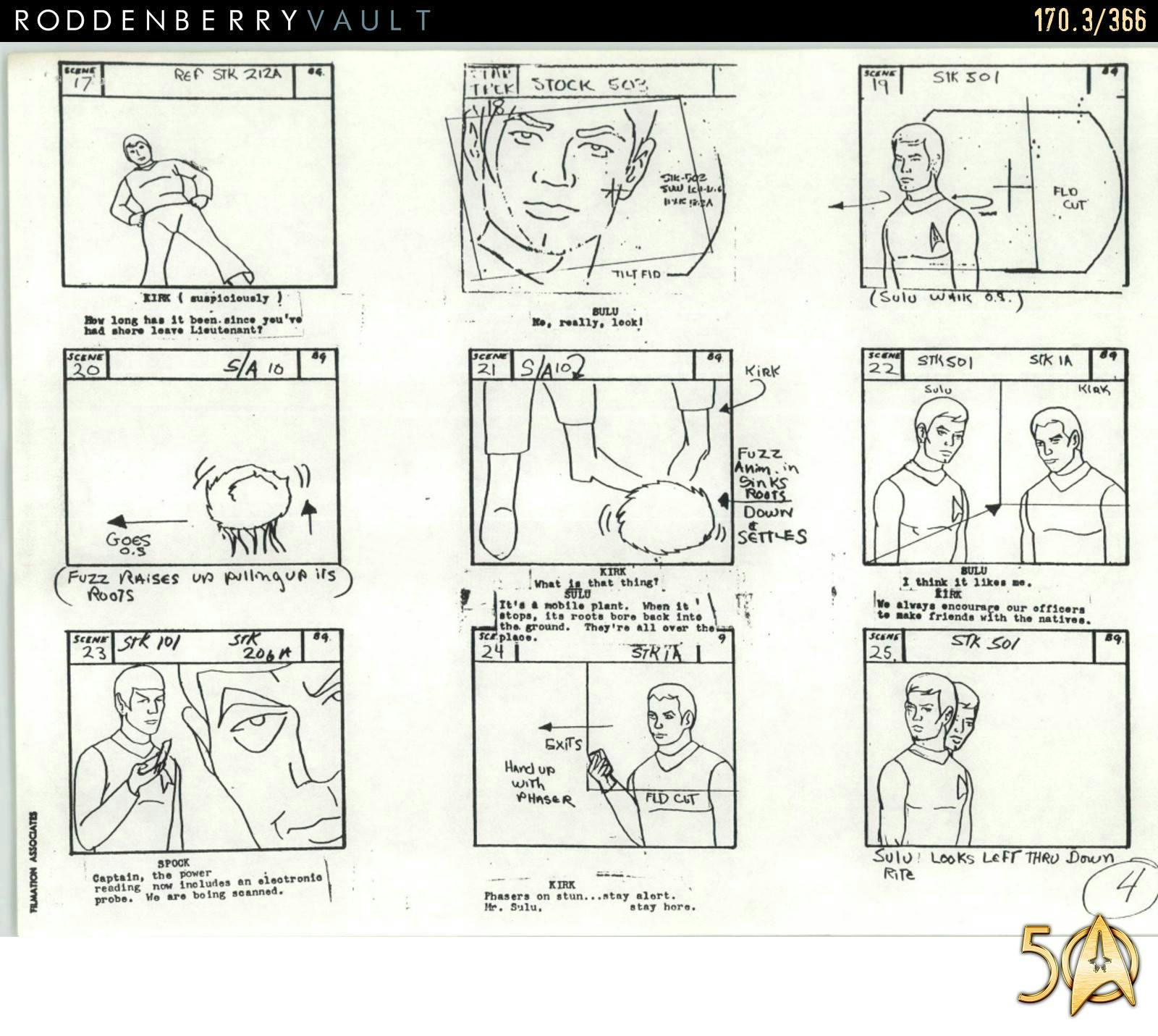
"The Infinite Vulcan" storyboards
StarTrek.com
They would start doing the painting, and once that was all put together, they would start to take photos of them to put onto film. Each of the celluloid sheets had little notches in them that allowed you to put it onto this machine. It was always in the same spot every time. Even though they did that, you can kind of still see, every once in a while, things move around. They're not supposed to. There were also only so many layers you could use before the colors started changing. Sometimes, you'll see a missing leg or something like that. It's not always a blooper, it's just that they only had so many cells that they could use."
"If they wanted to have an animation on top of whatever was happening, sometimes they'd have to sacrifice something that maybe nobody will see this," states Harvey. "At one point, Scotty's doing something and he has no legs. He's just a floating torso. For me, that's part of the charm. It's just the idea that this wasn't just like, 'Oh, we're being caught careless.' It was, 'We have to make a decision on how we're going to do this.' That was the process. That's a very abbreviated version of that process.
Young Spock and "Yesteryear"
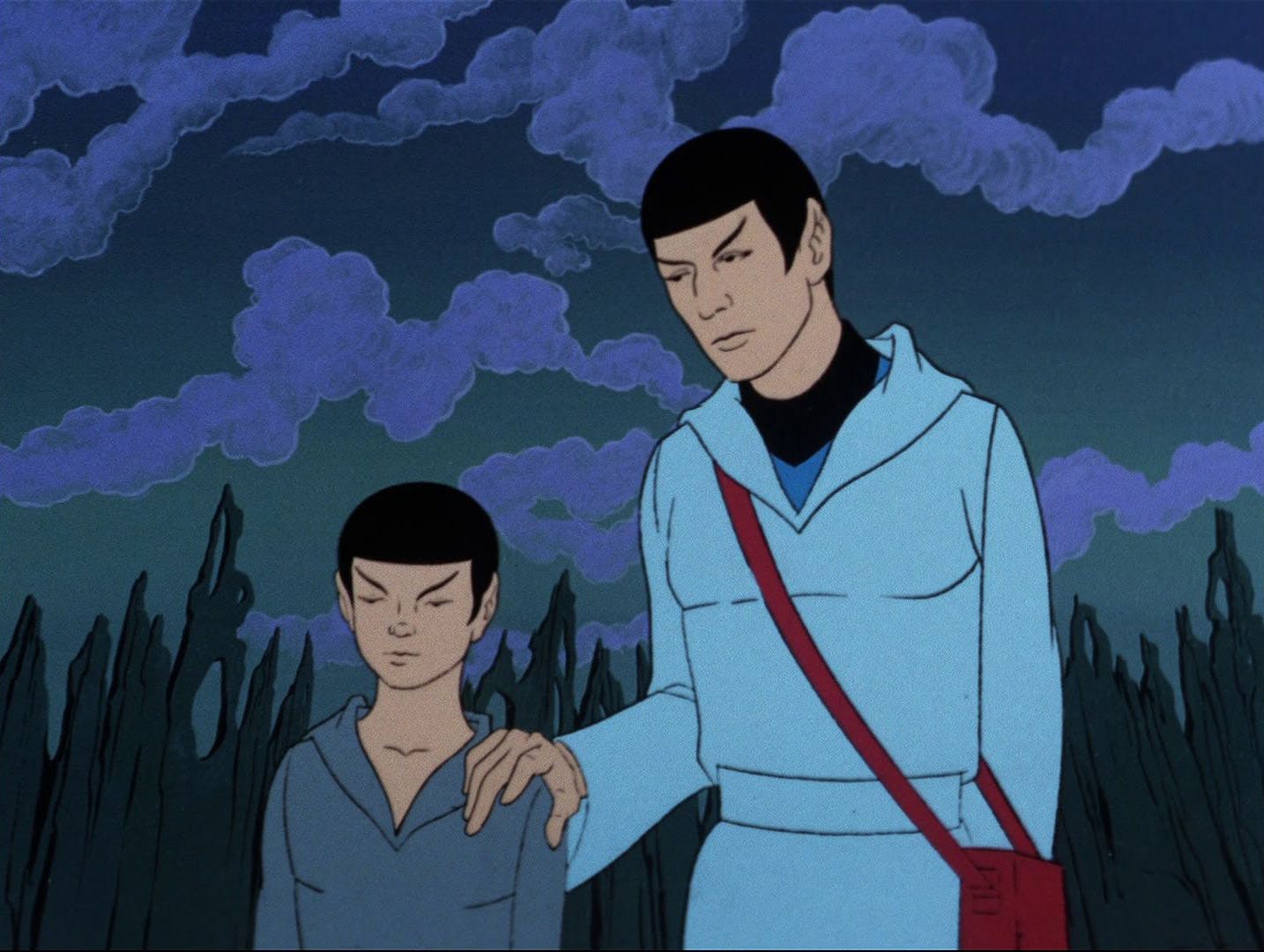
"Yesteryear"
StarTrek.com
Harvey recalls a conversation he had with William Simpson who played Young Spock in "Yesteryear," who shared his experience auditioning for the role.
"He was nervous," says Harvey. "He didn't quite know what was going on. He'd been in the business, but didn't know that specific studio. He got the lines, and said, 'I-Chaya,' which is not how it's actually pronounced. Dorothy reinforced that a couple of times, 'It was a much more beautiful way of saying it the way I wrote it.' Sorry, Dorothy, but everybody knows it as 'I-Chaya' now."
"This was all because William Simpson said it that way," Harvey explains. "You'd think, 'Oh well, that's no problem. Just have him record it.' When they called him up to tell him he got the gig, they told him they were just going to use the audition tape. Everything you hear in there is just him coming in, and just off the top of his head riffing. It gives it a little bit more of a realistic quality. It also made him feel very young Spock. This made everybody redo their lines to be 'I-Chaya.' I thought that was hilarious. I love those little stories."
The "Missing" Final Episode
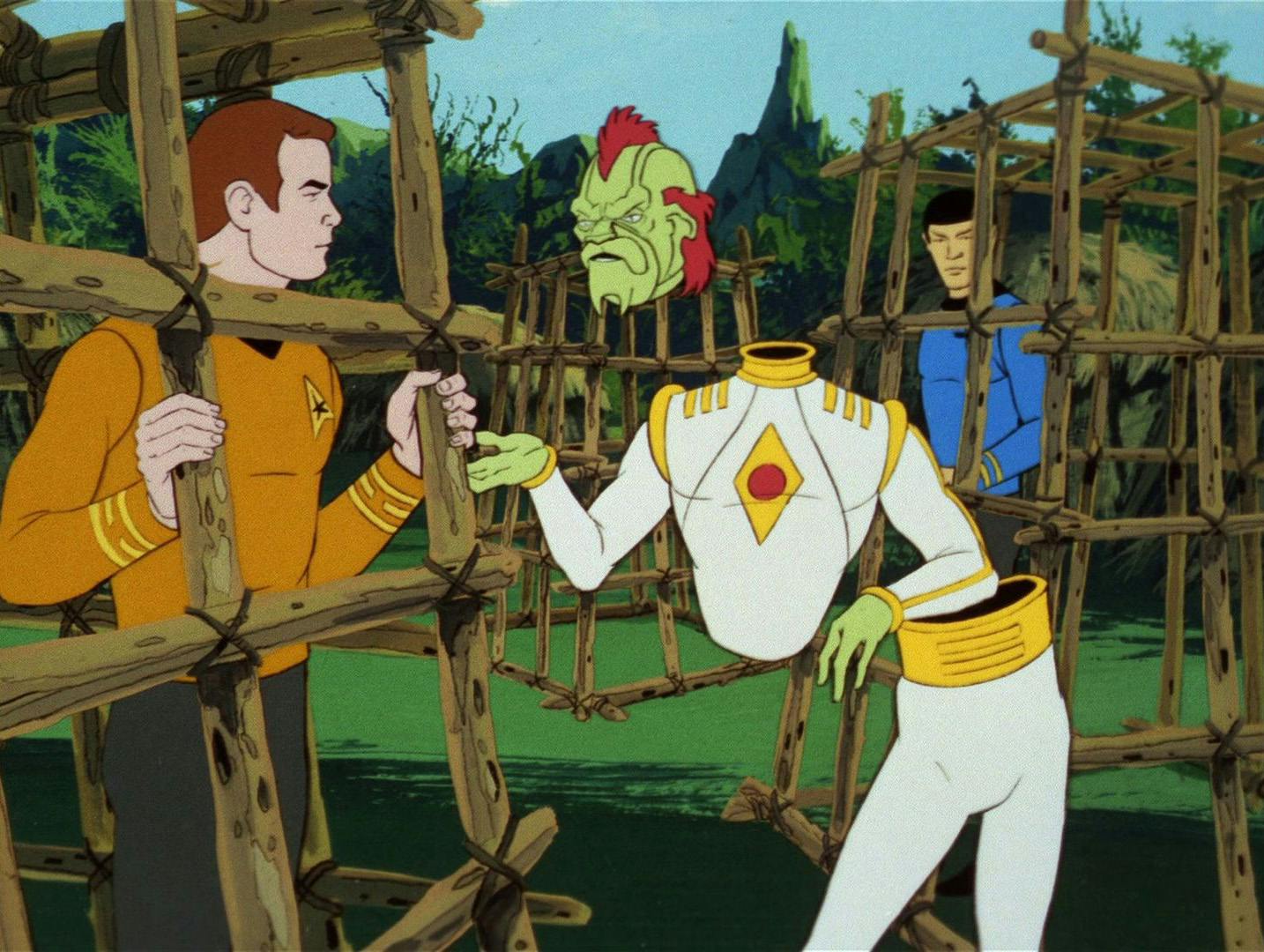
"Bem"
StarTrek.com
When Harvey and his co-writer Rich Schepis were going through material for their book on The Animated Series, they noticed some of the scripts and info sheets said "Episode 23."
"There are 22 episodes of the show," says Harvey. "We were convinced for a short period of time that we had found some missing episode somewhere that wasn't shot or whatever."
"I spent a week trying to go online, and there were other ones that were pitched that were never made, but these were not those," Harvey continues. "I talked with Bob Kline, who was the original storyboard artist. It's great to have him as a resource still. I went to him, 'What is this episode?'"
"He explains, 'Oh, Bem was in Season 1, and then they moved it to Season 2, and then they just never renumbered it,'" Harvey recalls. "It goes to 13, even though there's 16. The 23rd episode didn't exist. There was just an extra empty space in one of the seasons.
He's like, "Oh, no, BEM was in season one, and then they moved it to season two, and then they just never renumbered it." It goes to 13, even though there's 16. Yeah, so it's just the 23rd episode didn't exist. It was just, there's an extra empty space in one of the seasons. Then when it actually went to film and went out into the world, it was renumbered to 22. Internally, all the paperwork has it as a 23rd episode."
The Fan Influence
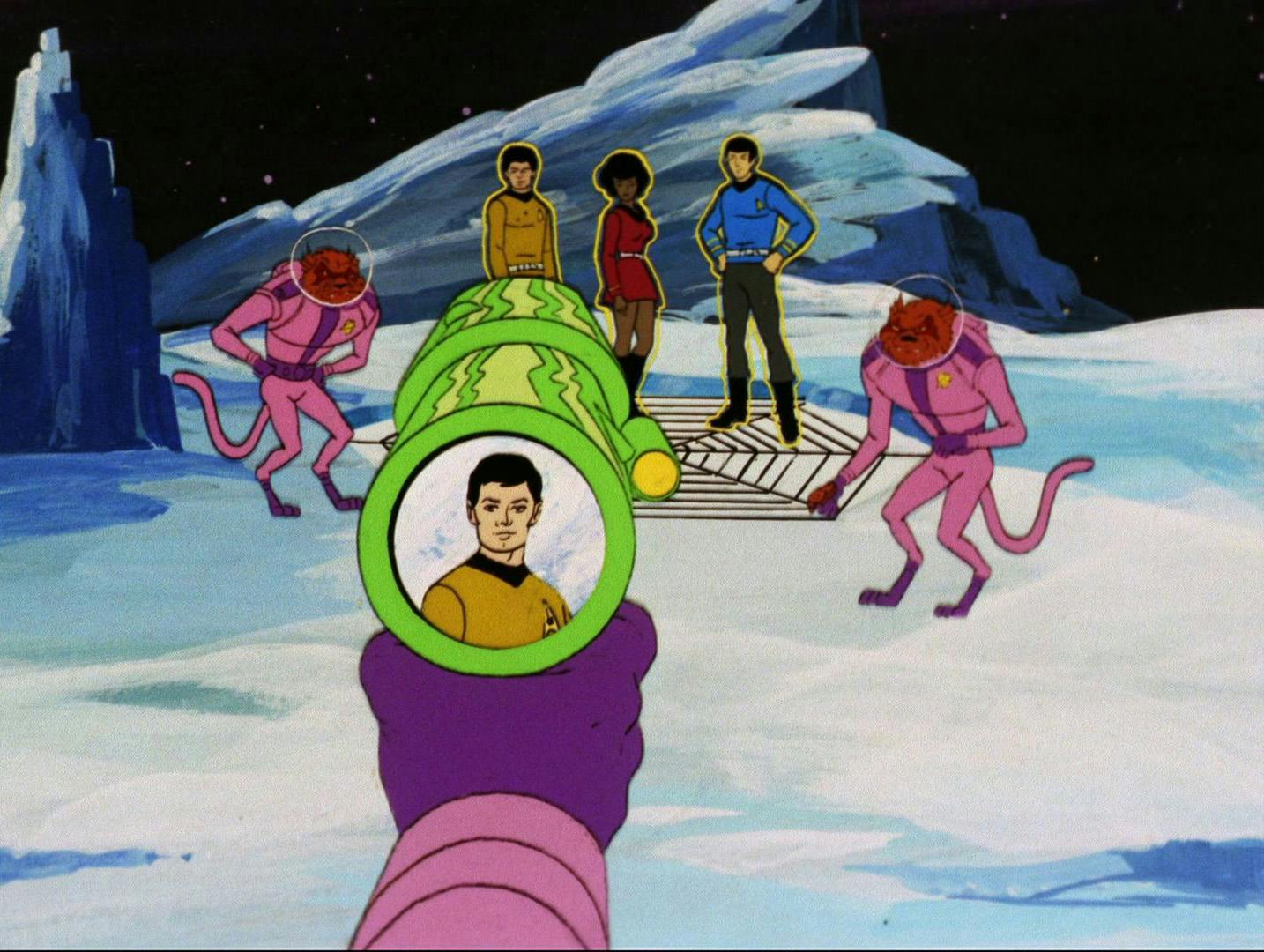
"The Slaver Weapon"
StarTrek.com
Harvey reflects on the symbiotic relationship between Star Trek and its fandom, by highlighting how both I-Chaya and the Kzinti were fan art-inspired.
"One thing that was interesting for that time period compared to today is that they took fan suggestions a lot more readily than they would today," says Harvey. "Both the Kzinti and the sehlat were inspired by fan art."
"With the sehlat, they got the artist's permission," Harvey details. "They told her they wanted to use her as sort of the basis. It changed from what she had drawn. It was really interesting to find out that there was that fan interaction. It just goes to the heart of Star Trek, where fans are a big part of the show, and they literally are part of the show sometimes."
Designing New Shuttles for "The Ambergris Element"
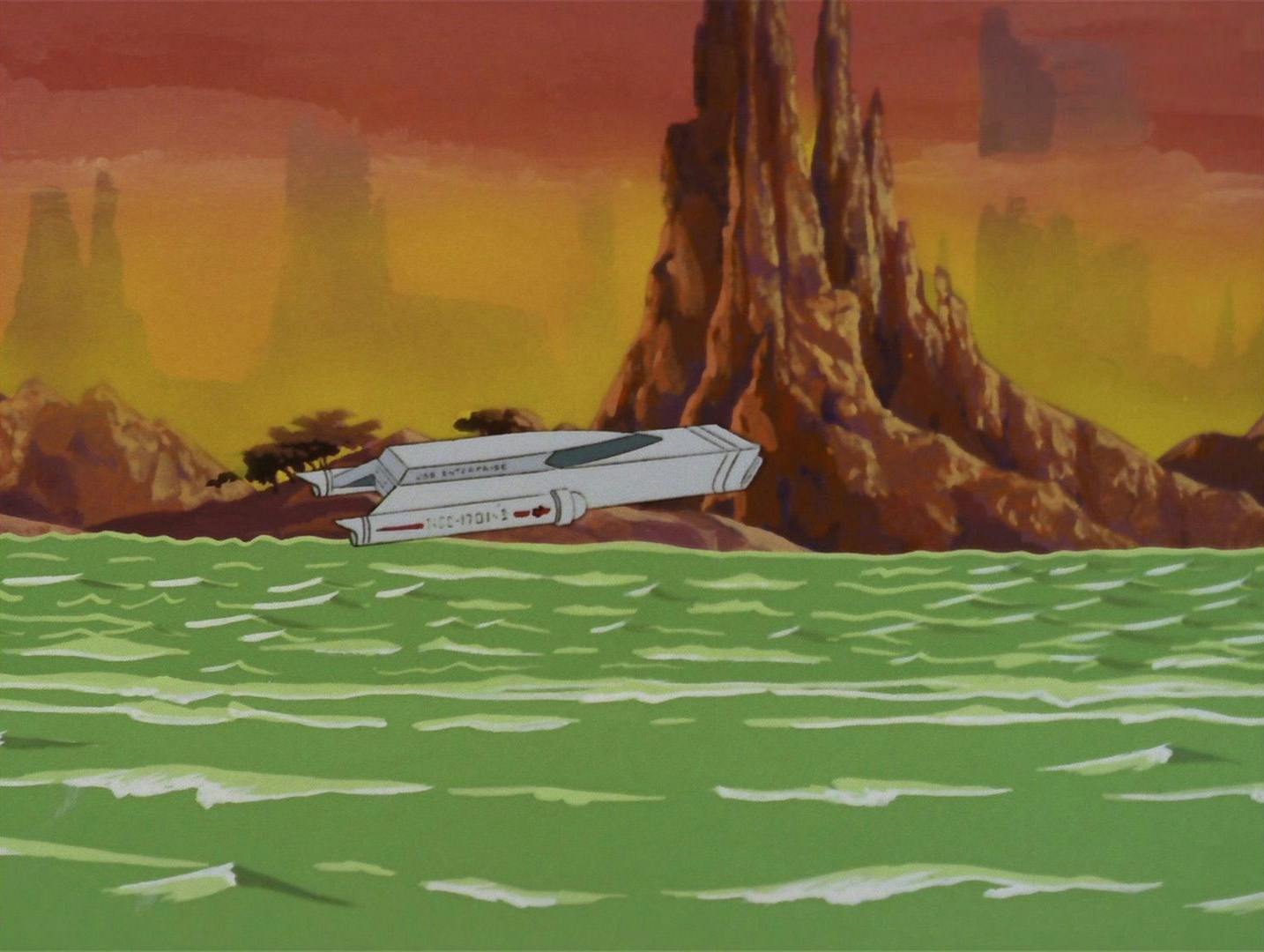
"The Ambergris Element"
StarTrek.com
The Animated Series introduced several multipurpose vehicles.
Highlighting how TAS' influence is still seen today, Harvey shares, "In 'The Ambergris Element,' they had an underwater shuttle. Whenever the show did something specific, they'd have a vehicle for it. They go underwater with this aqua-shuttle. Then, you flash-forward 50 years to Prodigy, and they have their own version of the aqua-shuttle. It didn't look the same, but it was called that."
"I liked the fact that there was some continuity throughout," says Harvey. "In Prodigy, they also had an Aurelian as Chakotay's first officer. It's nice to see that every new iteration of Star Trek, animated or not, seems to have a nod to TAS somewhere in there."
Animated Series' Firsts
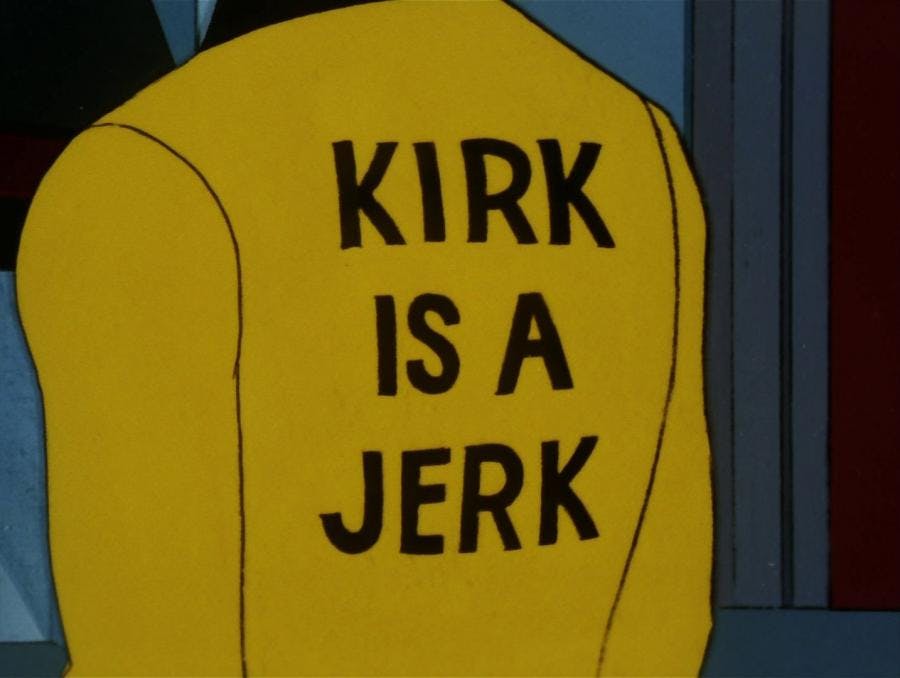
"The Practical Joker"
StarTrek.com
Harvey notes there are a lot of Star Trek firsts that many wouldn't think originated from The Animated Series.
In "The Practical Joker," we have our first holodeck episode. However, it was then referred to as the Rec Room. "It was just a room that could create environments," says Harvey. "It didn't have the ability to have people and anything that. It was also the first holodeck malfunction episode."
In "Bem," this was the first time we heard Kirk's middle name, Tiberius. Other familial things we learned from The Animated Series includes Spock's mother's last name, Amanda Grayson, and the name of McCoy's daughter, Joanna.
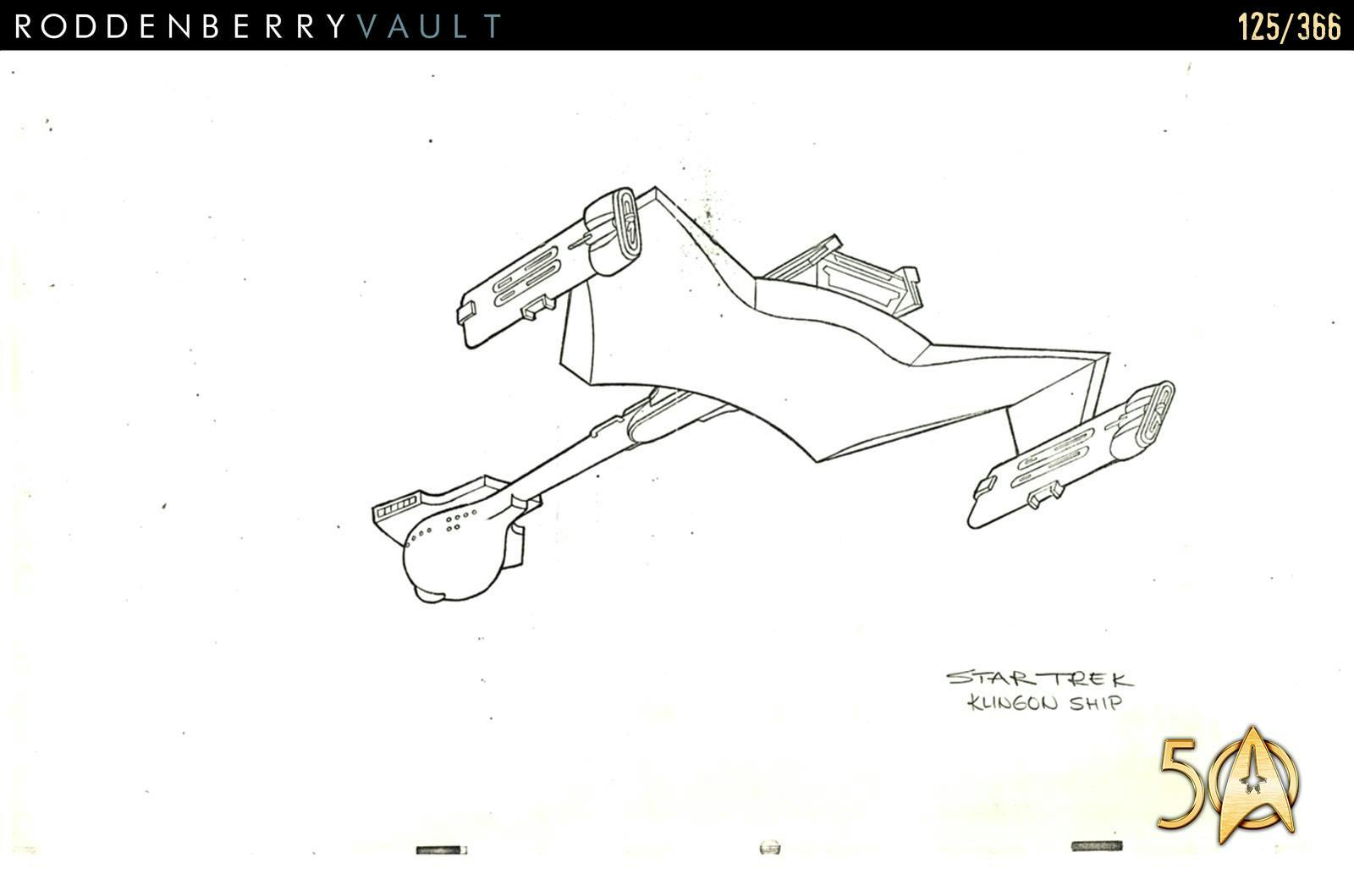
StarTrek.com
"[TAS] is also the first time that you see a Klingon vessel shoot from the front, it was a test weapon that they were doing," says Harvey. "I'd like to think that's what led to ones in the Star Trek: The Motion Picture actually doing that. Somebody looked back at that and like, 'Oh, that's where they shoot from.'"
"This is not necessarily a first, but I kind of feel like it is," Harvey adds. "When you see 'The Magicks of Megas-tu,' that's essentially Q. He snaps his fingers, it flashes. He loves humanity; he puts humanity on trial in the show. It's just a condensed version of early Q. That was crazy to me."
WARP FIVE Speed Round with Aaron Harvey
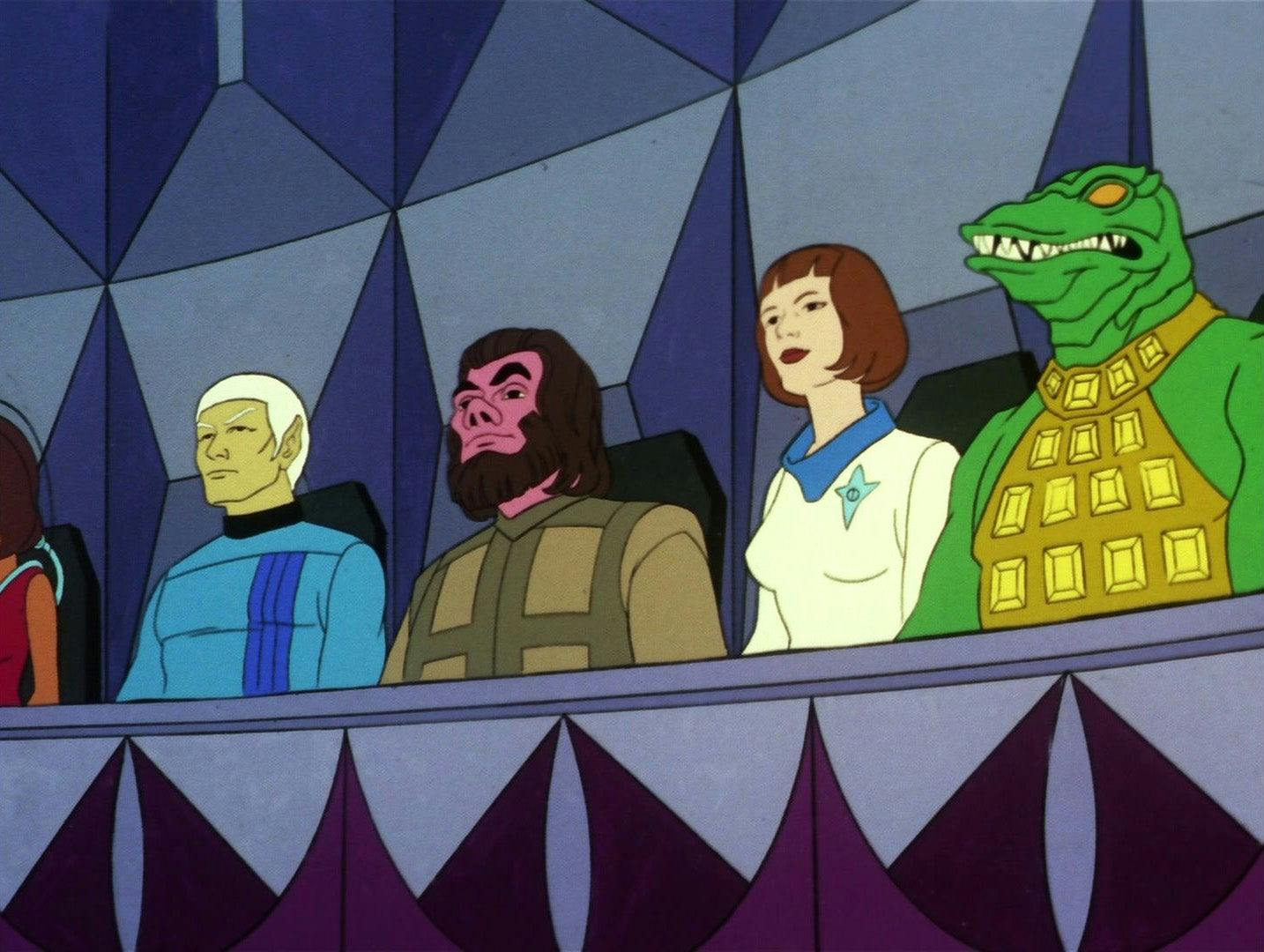
"The Time Trap"
StarTrek.com
StarTrek.com: What was your first contact with Star Trek?
Aaron Harvey: My first contact with Star Trek was through my grandfather. He worked at Lockheed, so everything in our house was aviation. We were living with them at the time, so there was pictures of Starfighters on the side of the wall, which is great because they were also in TOS. I would sit on his lap and we would watch the just-then new reruns at that point. That was a lot of fun. I would also watch The Animated Series with him on Saturday mornings.
StarTrek.com: Favorite character?
Aaron Harvey: My favorite character has to be The Doctor. He's so great. Robert Picardo's very interested in science, and he works at the Planetary Society, so there's also the real life spillover. I like his journey that he started off as just a basic hologram, and then he became sentient, and we were talking about hologram rights at the end of the show.
Because of my heart transplant, I always liked Dr. Pulaski, and just that she did a heart transplant for Picard. But also, I kind of enjoy the black sheep of franchise, like the TAS has never been super popular, but Pulaski was never popular either. I've always liked her.
StarTrek.com: Favorite Voyager Moment?
Aaron Harvey: Overall, I really loved "Blink of an Eye." It's just where they were stuck in orbit around a planet who was out of time, and time was going by super fast on the planet. You got to see the evolution of society. They had these, just the fun run-ins. They beam The Doctor down, and they beam him right back up, but in that time period, he's lived like five years and had a wife, apparently, all these really interesting things that we never saw.
They have a point where they have little kids talking about action figures. The guy says, "When I was a kid, I had the duplicates as well." I'm like, "Is that the Mirror Universe version of Voyager or something?" They didn't know who they were, but I just love the idea that a society created Playmates action figures.
StarTrek.com: What was it about The Animated Series that spoke to you?
Aaron Harvey: I'm a person who really enjoys the black sheep of a family, or finding that thing that nobody pays attention to.
StarTrek.com: What does Star Trek mean to you?
Aaron Harvey: It means a positive future. There's so few things that you can watch in science fiction that shows things turning out okay. I just sometimes feel like it's a self-fulfilling prophecy with all of these dystopian shows. If we could just try and concentrate on the positive, and the idea that people can get along. It doesn't mean that you have to be bland, and you don't have to all be one monoculture. It's just that you accept other people's differences and celebrate them.

